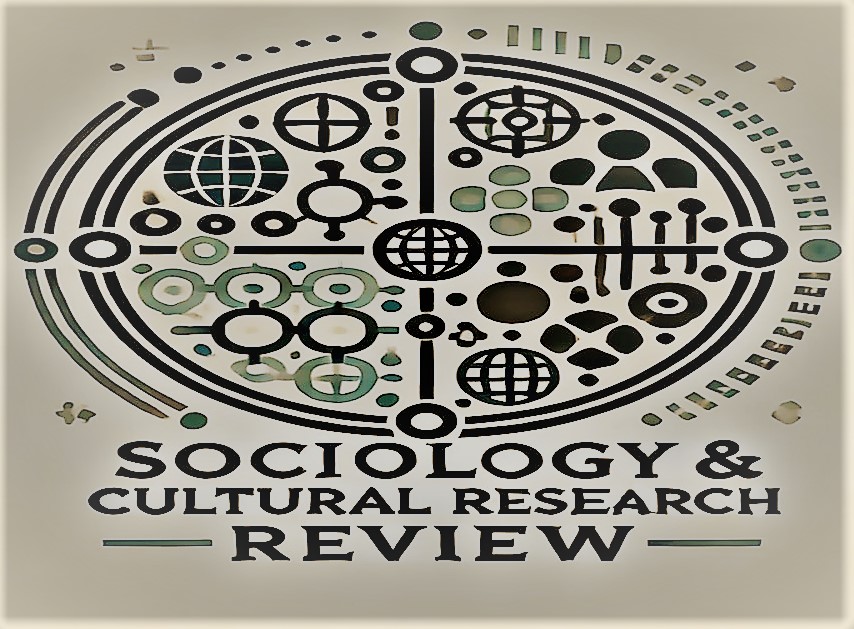A Cultural Study of the Dastan 'Qissa Mehr Afroze o Dilbar'
Abstract
The Qissa Mehr Afroze o Dilbar, authored by Aisvi Khan Bahadur in the mid-eighteenth century (circa 1721–1759), holds a significant position in the history of Urdu prose fiction. Considered one of the earliest known Urdu dastans, this work not only reflects the narrative artistry of its time but also serves as a rich repository of socio-cultural, historical, and political life in Mughal India. Although little is known about its author, the text captures the intricate details of the era’s urban life, courtly traditions, festivals, attire, architecture, cuisine, and interpersonal relations, thus preserving a vivid portrait of eighteenth-century Indo-Muslim civilization. This cultural study examines the Qissa Mehr Afroze o Dilbar as both a literary artifact and a historical record. It explores the way the narrative encapsulates Delhi’s royal grandeur, public festivities, and cosmopolitan environment, depicting the harmony and intersection of Muslim and Hindu traditions. The story illustrates courtly justice, public prosperity, and the opulence of Mughal ceremonies, especially weddings, replete with elaborate feasts and decorative grandeur. It reveals the significance of social customs such as the reverence for saints and spiritual guides, as well as the persistence of practices like arranged marriages, dowry traditions, and familial pressure, which continue to resonate in South Asian culture today. Furthermore, the text offers a critical lens on both positive and negative aspects of the period’s cultural ethos, praising virtues like generosity, hospitality, and communal celebration, while also acknowledging social issues such as ostentation, economic disparity, and exploitative religious impostors. Through richly detailed descriptions of festivals, architectural landmarks (notably the Red Fort), and ornamental gardens, the dastan functions as a microcosm of its time, preserving linguistic simplicity with minimal Persian-Arabic influence and reflecting an authentic Indian narrative style. Ultimately, this study asserts that Qissa Mehr Afroze o Dilbar transcends its role as a mere romantic tale.
Keywords: Urdu Dastan, Mughal India, Indo-Muslim Culture, Aisvi Khan Bahadur, Cultural History, Eighteenth Century Literature, Delhi, Social Customs, Historical Narrative, Courtly Traditions




